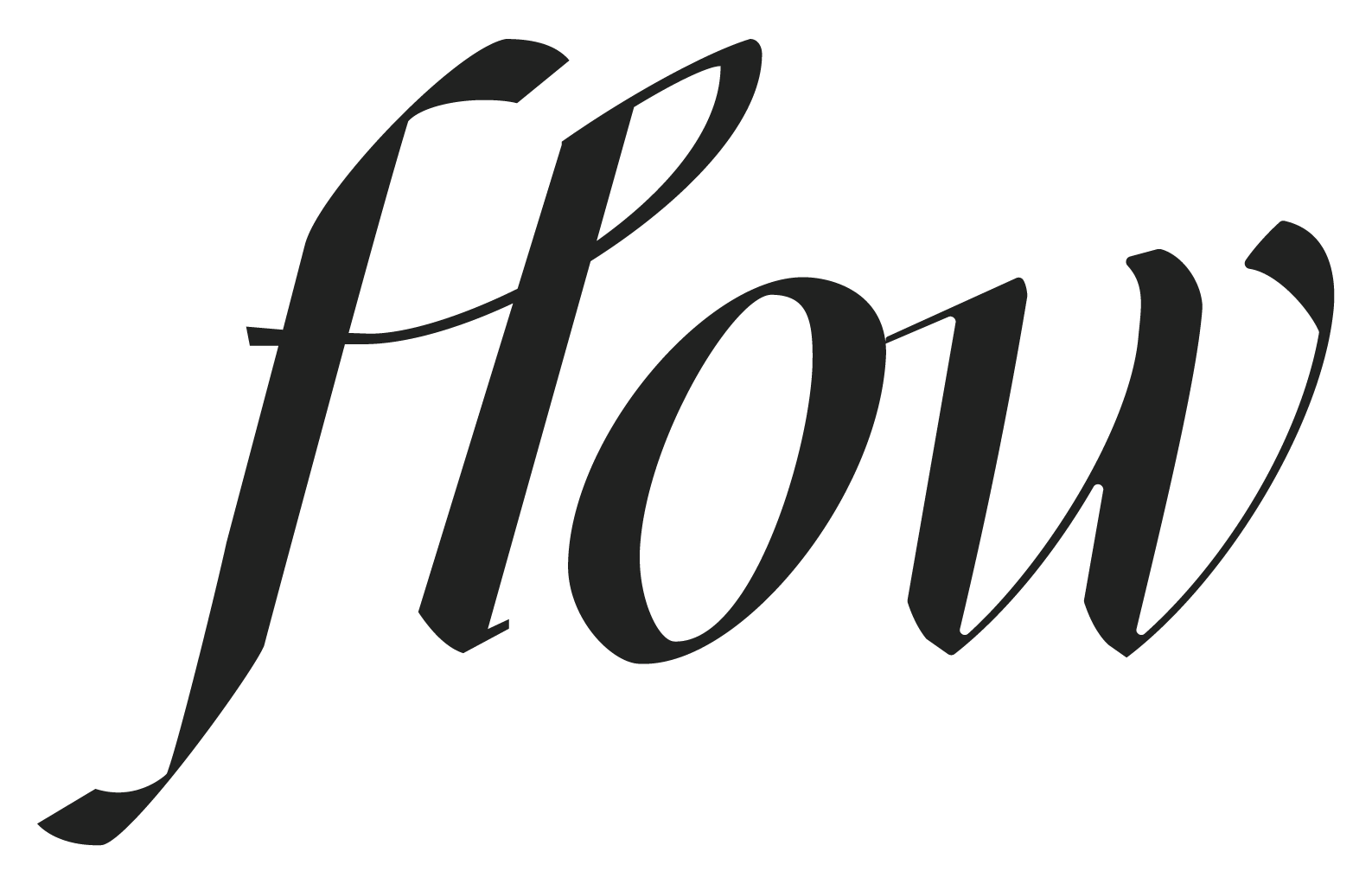I've got rhythm...
“I got rhythm, I got music, I got my man Who could ask for anything more? I’ve got daisies in green pastures I’ve got my man Who could ask for anything more?”
Out of all the Pilates principles, Rhythm and/or Flow is not talked about as often as the more popular principles of Breathing and Centering. (Control, Concentration, and Precision making up the remainder of the principles, with all six contributing to uniform development).
Do you remember the scene in Ferris Bueller’s Day off, when the Economics teacher keeps repeating “Bueller? … Bueller?....” in a monotone? Can you hear Ben Stein’s voice in your head? Now, imagine applying this same monotonous rhythm to your movement session…. how boring and uninspiring would that be? Rhythm and Flow in Pilates can refer to many things: our breathing pattern, the tempo of the exercise, and how you transition or flow from one exercise to the next. Breathing helps to facilitate movement, and also sets the overall rhythm of the exercise.
“and inhale 2,3, exhale 2,3, and inhale 2,3, exhale 2,3….”
So goes the rhythm for everyone’s favorite Pilates exercise, the Stomach Massage.
You have probably noticed that certain exercises require you to breathe either more quickly or slowly (ex: the Fletcher breath uses a percussive breath during Hundred, whereas traditionally the breath is long and even). Depending on our intent for the exercise, the tempo and rhythm of the breath will cue certain muscles and help mobilize our spines. Rhythm and flow are maintained throughout our Pilates workout through transitions.
Pilates elder, Romana Kryzanowska, created a series of transitions from one exercise to the next for the traditional mat and reformer exercise order. These transitions allow us to stay centered, focused, and to keep our circulation going without interruption. When we are flowing through our Pilates session, our objective is efficient movement. We want to be able to move our bones through space at an optimal and appropriate speed so that our muscles can fire in the correct sequence (like a falling set of dominoes). \
My first Pilates teacher trainer, Dianne Miller, talked about the rhythm of the bones – it is all in the timing. By aligning our bones in combination with activating our muscle systems at the right time, we end up moving gracefully and with ease. Notice how you move during your next Pilates session, and also how you move through your daily activities. Do you move with the rhythm of your breath? Do you feel like it is work moving from one movement to the next? Does your gait have its own even rhythm, or is it blocked?
What does your body rhythm tell you? I’d love for you to share! Feel free to comment below. If you liked this blog post, I invite you to share it with anyone that might need some Pilates inspiration in their life.
xo,L
Disclaimer: The content of this blog is for informational purposes only, and is the sole property of Flow Pilates & Wellness. I am not a doctor or a registered dietician, and this blog’s content is not intended as medical advice. Please consult your doctor if you have any concerns regarding your exercise routine or diet. The content of this blog may contain links to other websites. Flow Pilates & Wellness is not responsible for the privacy policies or practices of any third party.

